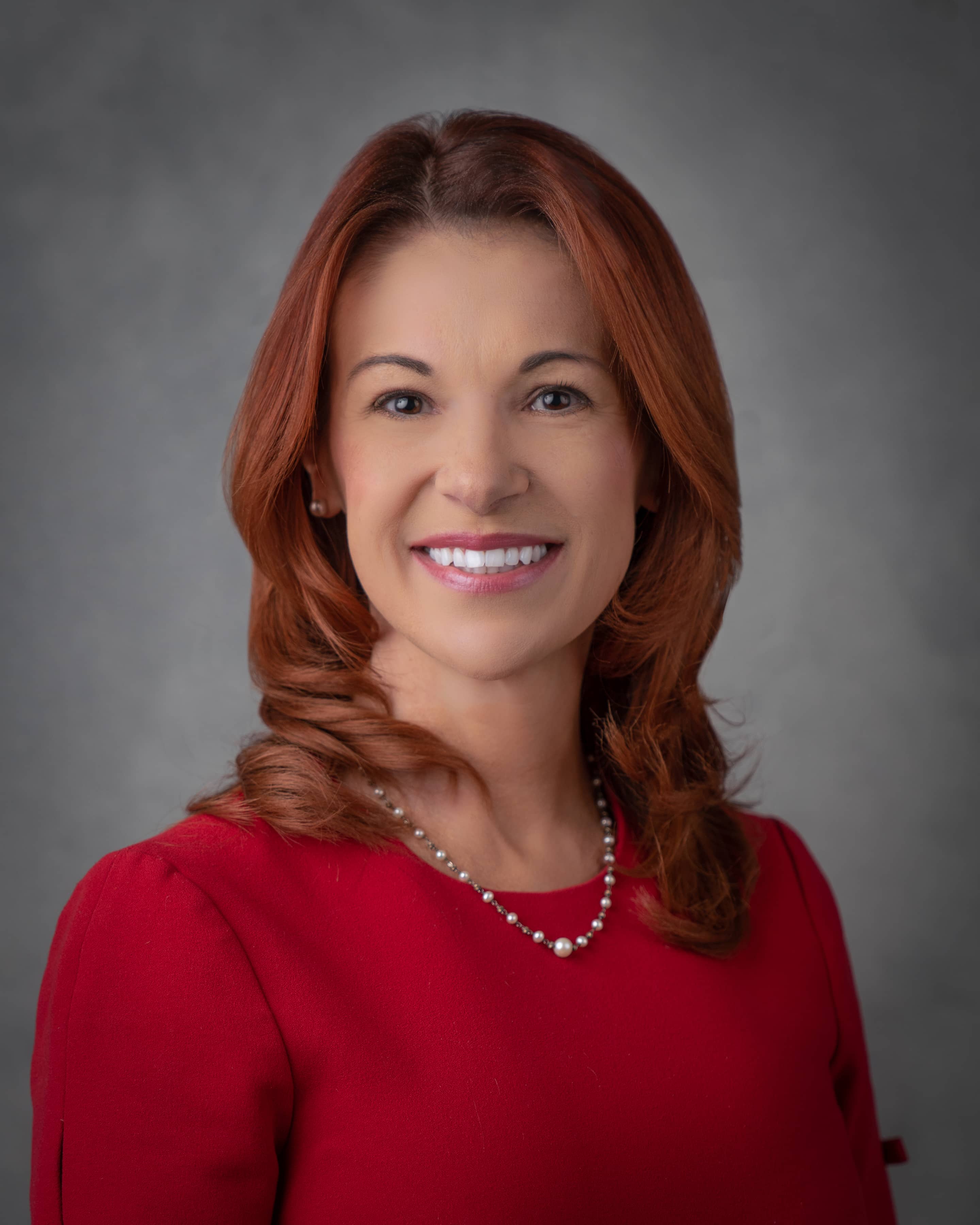
BISMARCK, N.D. (NewsDakota.com) – State School Superintendent Kirsten Baesler is inviting North Dakotans to offer suggestions about how to use federal aid to strengthen education in the wake of the instructional challenges caused by the COVID-19 pandemic.
The Department of Public Instruction has crafted proposals for deploying a portion of the aid that was reserved for statewide needs. Baesler on Monday asked North Dakotans to review and comment on the agency’s ideas, which are posted on its website. She said North Dakotans’ own suggestions on how to best use the money would also be welcomed.
“This is a historic investment in North Dakota education, and it is important for our families, educators, and other stakeholders to have an opportunity for their voices to be heard,” Baesler said.
Anyone wishing to provide public comment should email their remarks to dpiasstsupt@nd.gov or call Laurie Matzke, assistant superintendent at the North Dakota Department of Public Instruction, at (701) 328-2284.
Among the Department of Public Instruction’s suggestions are for investments to accelerate learning recovery for students whose learning was hampered by the pandemic, as well as summer academic activities and afterschool programs.
Congress has approved three separate aid packages for the nation’s schools, each of which included an installment of the Elementary and Secondary School Emergency Relief fund (ESSER).
Most of the ESSER aid was allocated to North Dakota school districts, but a portion was reserved for the Department of Public Instruction to address statewide needs, including how to safely reopen and sustain safe operations of schools while meeting the academic, social, emotional, and mental health needs of students. The amount available to NDDPI in the last two ESSER installments is about $43 million.
The department will be submitting a state plan for using the federal aid on June 7. In the meantime, Baesler said, she welcomes North Dakotans’ suggestions for what should be included in it.
The plan “will define our state’s approach of using this aid with transparency, effectiveness, engagement, and strong safeguards that the money will be spent wisely,” she said.
